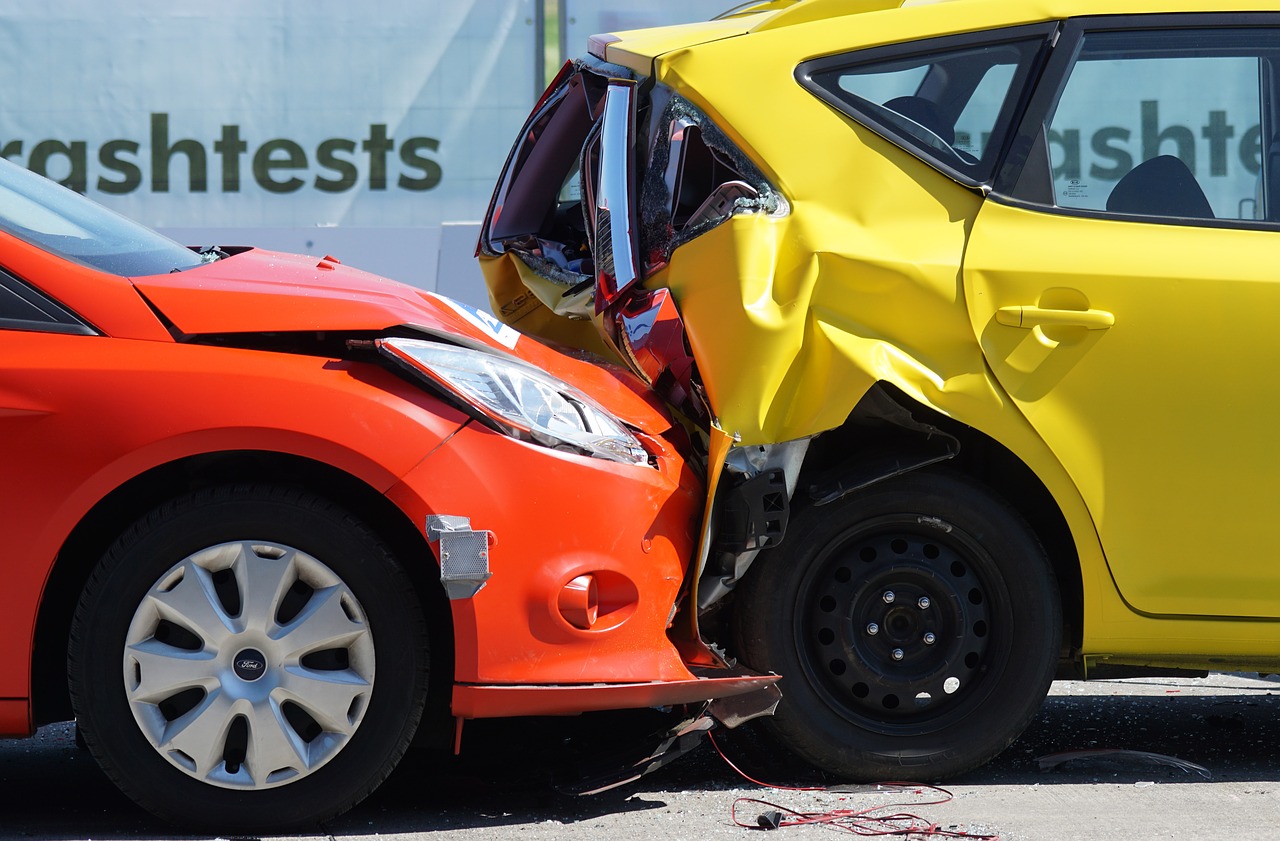
When starting in radiology, the trickiest items to learn are often not the images, procedures, or concepts. Instead, figuring out what buttons to push to find what you want can be the most challenging. Electronic health records, PACs (picture and archiving systems), dictation software, and internet access and use can vary widely from institution to institution in quality and useability. And you may find that figuring it out can take a very long time, especially learning it efficiently. So, how do you set yourself up to learn the ropes when you need to figure this all out? Let me give you tips on how to go about learning all this technological buttonology.
Set Some Extra Time To Play Around With Buttonology
Time is your friend. Spending time practicing with the dictation or the PACs system is the best way to gain familiarity. Anyone can show you the buttons to press, but the chances of remembering how you did it can be close to zero. Only after manipulating the controls can you get used to how the software functions. And, it’s even better when looking at real-world cases. For me, software like Tera Recon has only become relatively easy to use after the tenth time I have processed a cardiac CTA. Also, I remember spending extra time trying to create templates on Powerscribe for dictation so that it was easy to do and could serve me well later on with numerous dictation templates. Time spent now will save oodles of time in the future.
Get To Know Your IT Specialists
Most institutions have dedicated staff to maintain and support PACs, RIS, and the internet. Suppose you want to get to know a function or filter better. Sometimes you have to ask them. I have found that I will sometimes spend three times the duration compared to an IT specialist to figure out how to overcome or improve an issue with the PACs station. So, be nice to these blokes!
Ask Your Fellow Residents And Faculty
When learning the buttonology of your systems, this point is not the time to be shy. I have always said that if we put the heads together of all the faculty, we would have the most comprehensive knowledge of how our electronics and software work. We all seem to know bits and pieces of these systems that can increase our efficiency. But, not everyone knows the same things. So, please, also ask your colleagues if you are unsure what to press or when. It can make all the difference.
Don’t Miss The Training Sessions.
Most of us don’t enjoy these training sessions. They usually interfere with our day (and even prevent us from eating lunch!) Nevertheless, take these sessions very seriously. They can enhance your daily efficiency in spades. I still remember when our hospital acquired the new PACs system; I spent a ton of the time making sure the hanging protocol for plain films and priors was suitable. Fast forward to today, and the couple of days I spent with a personal PACs trainer years ago have magnified my daily efficiency by a significant multiple compared to those who didn’t attend. It pays to stick around for the additional attention even though you may experience pain!
The Magic Of Buttonology!
The quality and efficiency of every day depend on much more than just reading films. We need to be aware of how we can slog through the technical work of each day most efficiently by clicking the least amount of buttons and technological obstructions. But, it would help if you spent the time to learn the buttonology. So, give yourself some extra time to get to know each of the systems, ask your colleagues and staff if unsure, and do not miss any additional training sessions. Missing out on any of these extra steps will divert you from your ultimate target of maximizing your efficiency!









